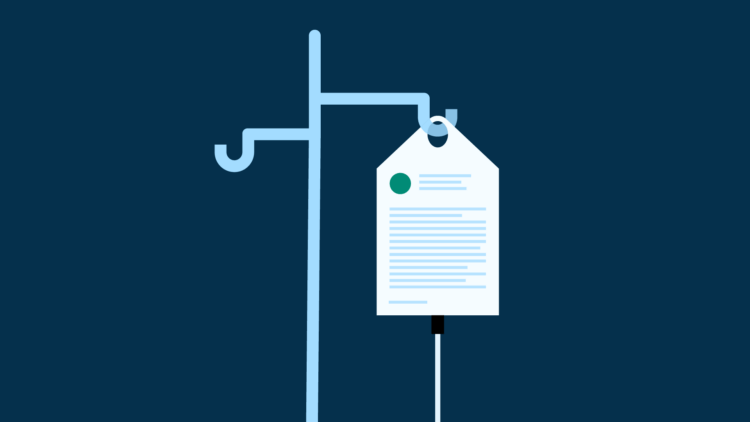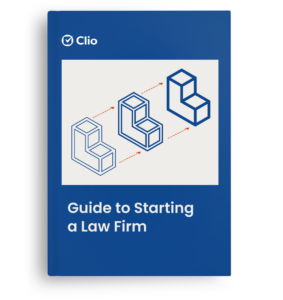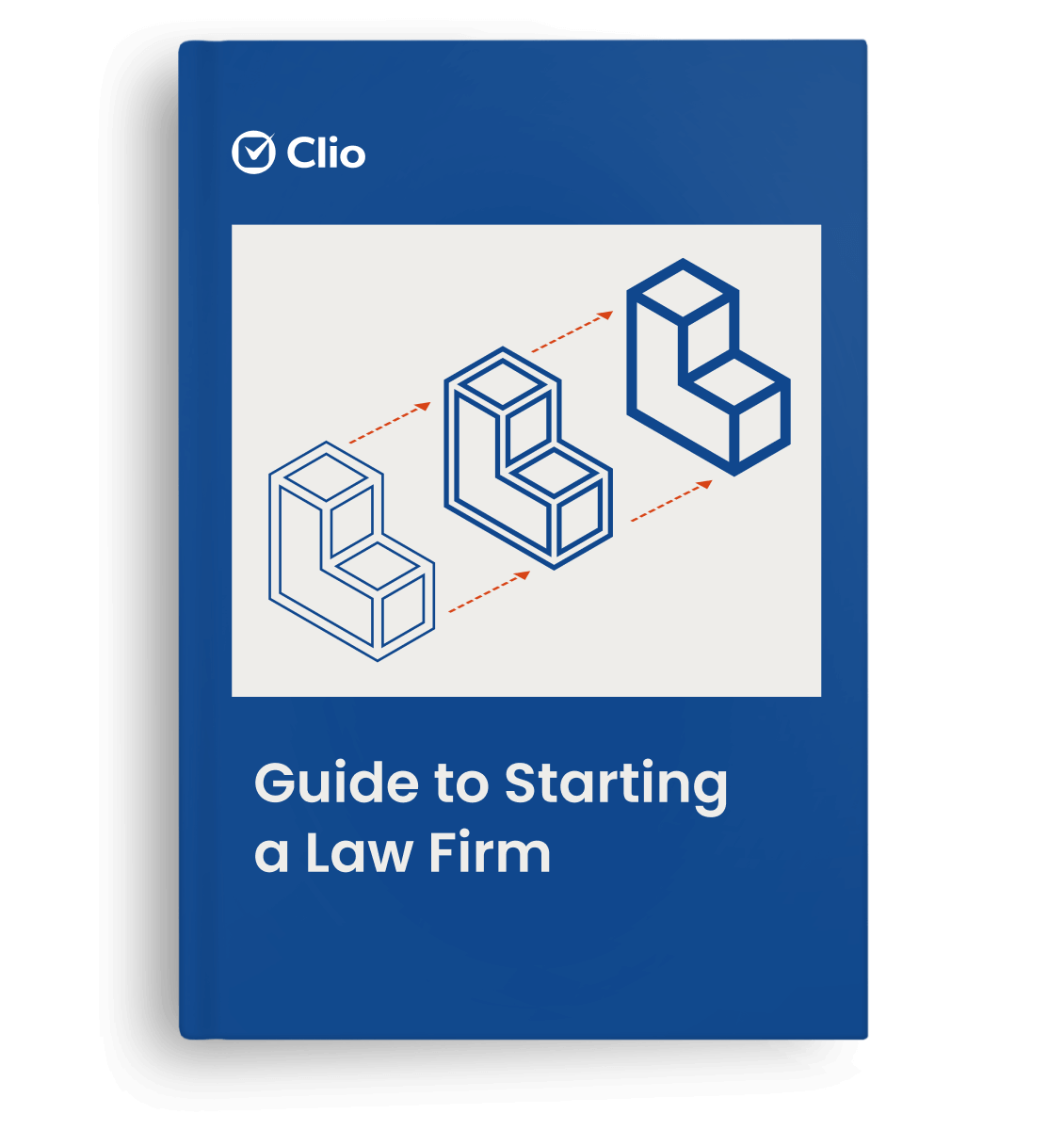As any personal injury attorney can tell you, settlement negotiations are crucial in personal injury cases. Since the vast majority of cases don’t go to trial, these negotiations can truly be the place where a case is won or lost. This means that the starting point for framing settlement negotiations is also critical…and that starting point is typically the personal injury demand letter.
The settlement demand letter is where you present your case in the best light to the financially responsible party–generally an insurance company–and summarize the basis for the monetary value of the case. In order to start negotiations off on the right foot, you should follow some best principles and avoid some common mistakes, which we will cover in this blog.
What is a personal injury demand letter?
A personal injury demand letter is sent to the insurance company or other financially responsible party demanding either payment or the beginning of settlement negotiations for the dispute. The letter should outline the circumstances surrounding your client’s injury, as well as how the other party is responsible.
The purpose of the accident demand letter is to facilitate settlement of the case. The goal is to impress the insurance company with the value of the case and the risk they face if it proceeds to trial. Importantly, the letter must also convey that your client is willing to accept a pre-trial settlement.
A well-written demand letter can set the tone for a successful settlement for your client, either now or down the road. Conversely, a poorly written letter could cause the insurer to discount your case or not take you seriously as an adversary. Either of these outcomes will decrease your chances of a favorable pre-trial settlement.
Key elements of a personal injury demand letter

Personal injury demand letters will vary from case to case, based on the facts of the case, the size and complexity, and your judgment on how settlement negotiations will proceed. Nevertheless, there are some key elements every demand letter should contain.
Introduction and background information
Start off the letter by introducing yourself and who you are representing. The details here will vary depending on the stage of litigation. For example, has a lawsuit been filed yet, or is the litigation proceeding and discovery underway? Is this demand letter sent prior to mediation, or is trial around the corner? Tailor your introduction appropriately.
Description of the incident and injuries
Include a detailed description of the accident or other incident that caused your client’s injuries. This description should include the date and location of the incident, as well as the pertinent surrounding circumstances. Critically, this description must also lay out how the insured party is responsible for your client’s injuries.
Be sure to highlight any unique facts of your case that make it stand out from other personal injury cases. You want to avoid a scenario where the insurance adjuster simply rolls their eyes as they read the letter, thinking this is just another run-of-the-mill slip-and-fall or auto accident. Make your client’s incident stand out in their minds.
The length and detail of the demand letter are often influenced by the overall size of the case. For a case with seven-figure settlement potential, an extremely comprehensive letter may be in order. However, such a letter may be counterproductive for smaller cases, since the insurance adjuster may take it as a sign the attorney is inexperienced and therefore unlikely to take the case to trial and ultimately prevail.
Medical documentation and treatment details

Personal injuries are proved at trial with medical documentation and evidence of your client’s treatment. Accordingly, this is the type of supporting evidence you should include with your demand letter. These facts are important for the adjuster to evaluate your claim, so make sure you provide them with what they need.
Demand for compensation and (possibly) settlement amount
Your demand letter should definitely provide some sense of the overall value of your client’s case and what could potentially be recovered at trial. With that said, it may not be advisable to make a specific monetary demand at the outset of the case. The letter generally serves as an opening salvo in negotiations, and you want to avoid setting an upper limit to the settlement range that is too low. Instead, you may want to let the insurer make the opening offer.
One common exception to this principle is where your letter makes a demand at the insurance policy limits (assuming you know this information). If your client’s case warrants a demand at this level, this can pressure the insurer to avoid a “pop the policy” scenario, where an eventual jury verdict in excess of the policy limits results in the insurer being responsible for the entire excess amount.
Contact information and next steps
Your letter should also clearly provide your contact information and your desired next steps. The next steps could be a response to your demand or simply the insurer or opposing counsel reaching out to you to commence settlement negotiations in earnest.
Tips for writing an effective personal injury demand letter

The following are some pointers for writing a personal injury demand letter that is effective in advancing your client’s case.
1. Create a strong and convincing narrative
A personal injury plaintiff wins at trial with a strong and convincing narrative. This means your demand letter must present that same narrative, showing the insurance company how you will prevail in this case in the event they fail to settle.
2. Include strong evidence and supporting documents
In addition to the medical documentation and treatment evidence outlined above, be sure to include the most compelling evidence of the insured party’s liability. This could include details of the incident in question, photographs, videos, or a summary of likely witness statements.
3. Be clear and concise in your writing
Get to the point quickly, and make each point clearly. You are not seeking to channel your internal Hemingway or Shakespeare, you are showing an insurance company that you mean business. Save the flowery prose for your off-the-job fiction writing.
4. Proofread and edit for clarity and accuracy
A huge factor in being taken seriously as a litigator is the ability to express yourself clearly and come off as detail-oriented. Typos, misspellings, and clear mistakes in your demand letter will undermine those goals. Proofread and edit the letter thoroughly before sending.
You may like these posts
Common mistakes to avoid in a personal injury demand letter

Even when all the essential elements are included in your demand letter, there are still some common errors that can hurt your letter’s potency.
Exaggerating or misrepresenting the facts
Avoid any over-the-top, exaggerated, or knowingly inaccurate claims. This letter will be reviewed by an insurance adjuster who is accustomed to making cold and unemotional assessments of claims. Exaggeration or misrepresentation will simply make you look like an amateur, and no insurance company will take an amateur’s settlement demand seriously.
Making unsupported or unrealistic demands
Any settlement demand for a specific amount should be realistic and supported by the facts of the case–at least the facts presented in the best light for your client. As with exaggeration or misrepresentation of facts, unrealistic demands make you come off as inexperienced.
Using aggressive or confrontational language
While your demand letter should present your case in the strongest possible light, you should still remain courteous and professional. Aggressive or confrontational language sends the message that you are seeking to inflate the value of your case, and insurance adjusters are likely to see through this ploy.
Neglecting to include important details or evidence
A demand letter should seek to paint your client’s case in the best light, but it should not ignore obvious details or evidence that hurt your case. If your client was reckless or inebriated at the time of the accident, for example, and the insurance company knows this, better to tackle the issue head-on than try to ignore it.
How Clio’s personal injury features help lawyers draft personal injury demand letters
The right law firm software can make drafting personal injury demand letters a less arduous process. Clio provides personal injury case management software that streamlines the demand letter drafting process from beginning to end.
With Clio, your firm can track case-specific information you will need for the demand letter, such as the incident date, insurance claim numbers, and opposing parties. Medical records and other supporting documentation can be located and attached easily, with Clio’s ability to track medical records, bills, and liens. When assessing the settlement value of the case, Clio can provide comprehensive settlement estimates with the settlement calculator that incorporates all the pertinent information-damages, liens, and fees.
Not only can Clio save you time when drafting your personal injury demand letter, it can help ensure that no supporting evidence goes overlooked.
Final thoughts on personal injury demand letters
The personal injury demand letter is a pivotal step in litigation and should not be taken lightly. Follow these principles and tips to put your best foot forward when drafting and sending your letter to initiate settlement negotiations. If you are ready for legal software that can make this task easier, check out Clio’s personal injury law software and see if a demo or free trial is right for your firm.
We published this blog post in March 2024. Last updated: .
Posted in: Business, Uncategorized









